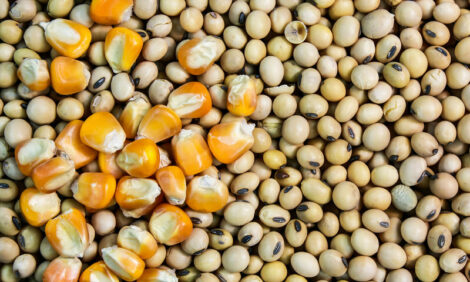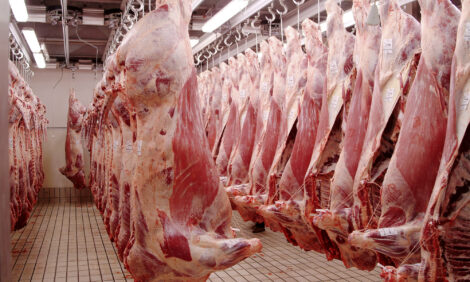



Managing pain during Streptococcal infection in piglets is critical for welfare
There is still much to learn about mitigation pain during a Streptococcal infection.Peggy Anne Hawkins, DVM, Veterinary Provisions, Northfield, Minnesota, said processing often “opens the door” to bacterial infection.
“The pain of a Strep suis infection, which progresses to meningitis or brain swelling, [has] got to be very painful for the animals,” she told Pig Health Today.
Managing piglet pain
Hawkins acknowledged that measuring pain levels in piglets could be difficult. For example, when baby pigs are momentarily scooped up crate-side, castrated and tail-docked and then returned to the sow, “they’re really not as affected [by the procedure] as you might think.”
“Just picking a pig up and putting it down elicits the same response. So, it’s very difficult to measure these things because just handling a pig is enough to stress it out.”
Hawkins recommends using products with iodine and lidocaine to help mitigate infection and pain, respectively. “As the lidocaine wears off, the pigs will adjust to the pain,” she added.
As for Strep suis infection, Hawkins said the bacterium was “ubiquitous” on sow farms and that antibiotics were often needed to manage infections that could lead to painful, debilitating conditions such as meningitis and brain swelling.
“As far as welfare, a swollen brain is one of the most painful things that can happen to an animal,” she added. Reducing infections therefore needs to be part of a good pig-welfare programme, Hawkins said.
Hawkins noted that some work had been done to see whether medicating sows could help minimise pain from castration and tail docking in suckling pigs, but that has been shown to cause ulcers in the sow.
“We have to look at the whole picture” when evaluating ways to offset pain and infection, she added.
Case for tail docking
The veterinarian said that despite creating an opportunity for bacterial infection, leaving tails intact wouldn’t necessarily solve the problem. “If you don’t dock the tail, the pigs bite the tails,” she added.
She noted that studies have shown that the level of tail biting can often be “cultural” and not always related to environment or nutrition. How pigs in a pen respond to tail biting also can vary. Some pigs, for example, allow other pigs to bite their tails, while others move away from the aggressor.
Hawkins said that in Europe, tail-docking bans in some markets have not always resulted in better pig welfare.
“When you allow pigs to bite other pigs, you get bacteria straight from the mouth into the tail, right into the nervous system,” Hawkins said. “[You] get the same situation with Strep suis bacteria moving into the central nervous system, causing pigs to lie down and paddle.”








